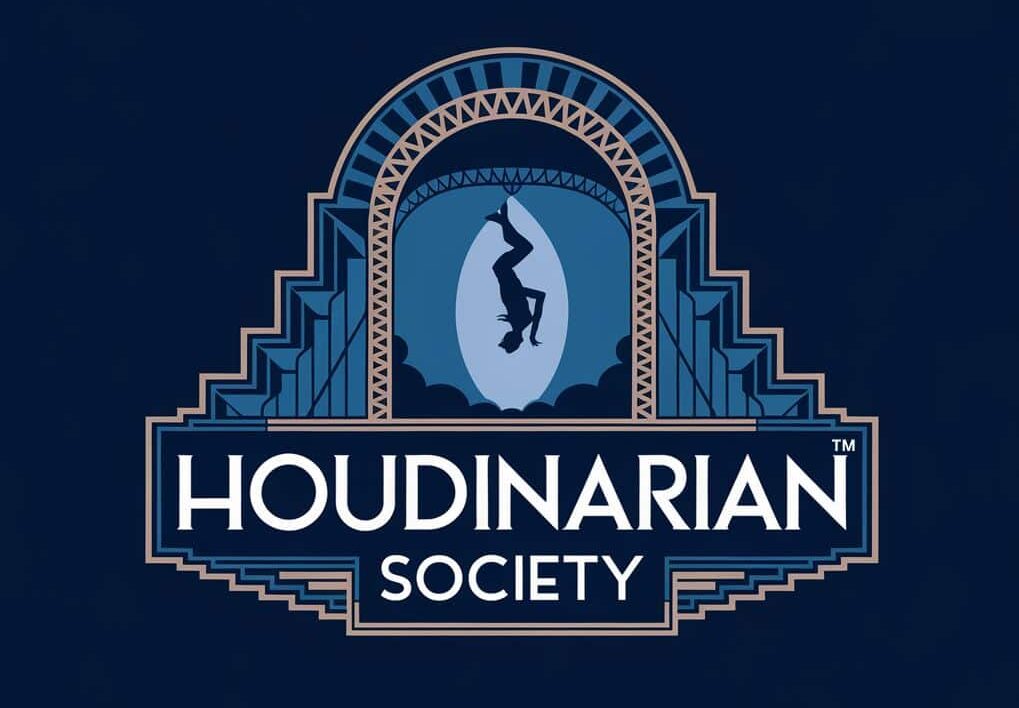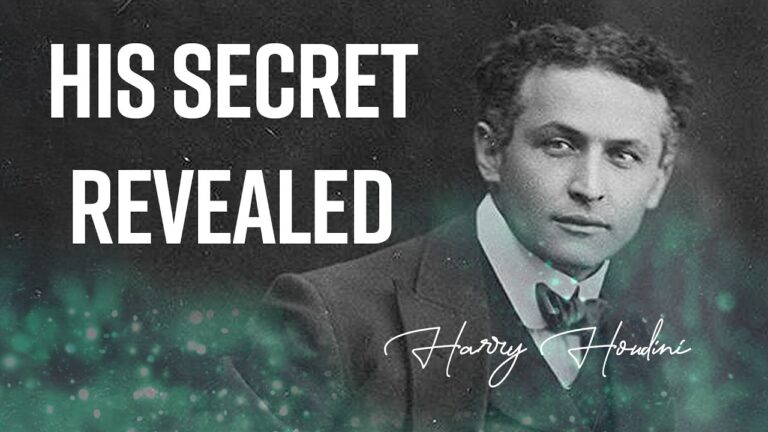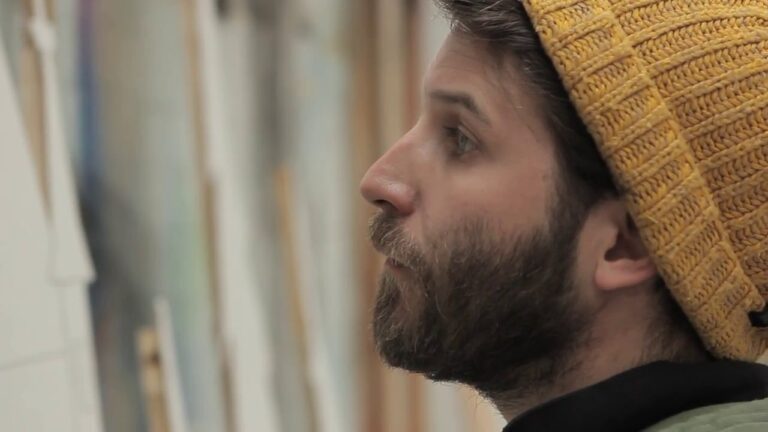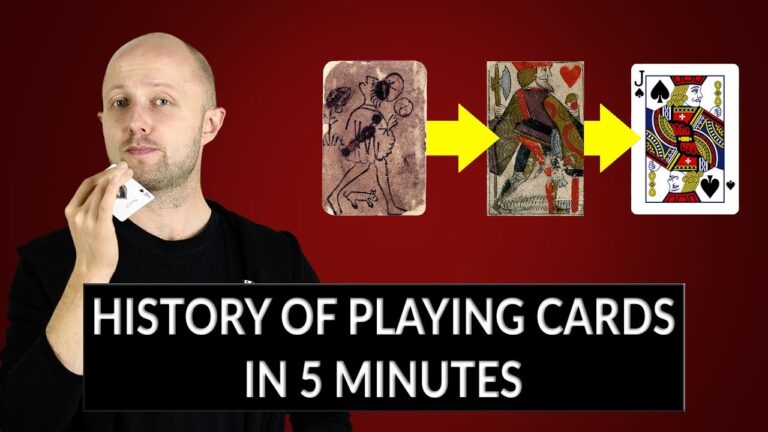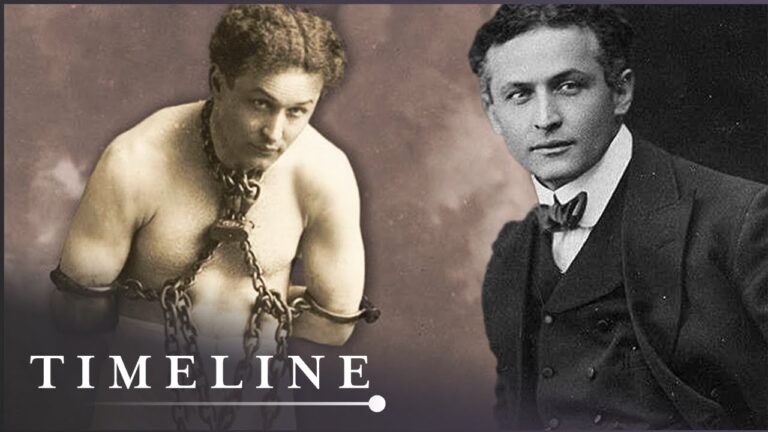Unveiling the Truth: Myths About Harry Houdini’s Life and Death
Harry Houdini, the name that has become synonymous with escape artistry and death-defying stunts, continues to captivate audiences nearly a century after his death.
Born Ehrich Weiss, Houdini’s journey from a poverty-stricken immigrant to a legendary magician is a tale of determination, meticulous preparation, and an unyielding desire to push the boundaries of human capability.
This blog post delves into the life and legacy of Houdini, exploring his rise to fame, the extreme feats that defined his career, and the enduring myths surrounding his mysterious death.
The Early Years: From Poverty to the Stage
Born in 1874 into a Jewish-Hungarian family in Budapest, Ehrich Weiss immigrated to Wisconsin at a young age. His father struggled to make a living, which meant that hardship was a constant companion in Ehrich’s childhood.
From a young age, Ehrich exhibited a flair for showmanship and dexterity, practicing sleight of hand and performing in circuses. By age nine, he had already crowned himself *Prince of the Air* in his improvised neighborhood circus.
The Influence of Jean-Eugène Robert-Houdin
A pivotal moment in Ehrich’s life came when a friend introduced him to the memoirs of 19th-century French magician Jean-Eugène Robert-Houdin.
Inspired by Houdin, Ehrich added an *i* to Houdin to create his stage name, Houdini. He also adopted the first name Harry, in homage to American magician Harry Kellar. Thus, Harry Houdini was born, and his career in magic began to take shape.
Breaking Out: The Rise to Fame
Houdini’s early performances with his younger brother, Theodore “Dash” Hardeen, featured high-wire acts, snake charmers, and belly dancers.
Their signature act, Metamorphosis, first performed at the 1893 Chicago World’s Fair, astonished audiences and set the stage for Houdini’s future success.
In this act, Dash tied Houdini up and placed him in a sack inside a chest. Once the curtain was pulled, Dash was revealed to have replaced Houdini, leaving the audience in awe of their speed and skill.
The Houdinis: A Partnership in Magic
Within a year, Dash was replaced by Wilhelmina Beatrice Rahner, or Bess, whom Houdini married and made his new partner in magic.
The duo, known as the Houdinis, performed traditional magic tricks and escape acts. However, to draw larger crowds, Houdini knew he had to maximize the sensationalism of his performances.
Master of Escapes: The Sensational Stunts
Houdini’s experience as an apprentice locksmith gave him the foundation for his career-defining escape acts.
He would arrive in a town, alert the press, and challenge the local police to handcuff and lock him in a cell. Within minutes, Houdini would walk free, generating significant media coverage and promoting the Houdinis’ shows.
International Fame and Increasing Risks
In 1899, entrepreneur Martin Beck offered Houdini a contract to perform in his theaters, providing him with a substantial income and new horizons.
Houdini performed in Britain in 1900 and Russia in 1903, where he famously requested to be locked naked in a freezing prison van used to transport prisoners to Siberia. To the astonishment of the guards, he broke out after just 45 minutes.
From then on, Houdini’s acts became riskier. He was locked into water-filled milk cans, thrown chained off bridges, and tossed bound in a packing crate into the sea.
Starting in 1908, his signature act involved being locked in a milk can full of water. By 1912, he had replaced the milk can with the water torture cell, where he was bound in chains and submerged upside down.
Houdini in Cinema and Public Perception
Public fascination with Houdini’s daredevilry won him star roles in early cinema.
The plot of the 1919 movie *The Grim Game* centered on an escapologist played by Houdini. He once said, *My chief task is to conquer fear,* and he subjected himself to *tortuous self-training* to avoid panic during his acts.
Countering Stereotypes and Facing Criticism
Biographers suggest that Houdini’s extreme acts were driven by a desire to resolve the trauma of being a poor outsider.
As a target of anti-Semitic insults, Houdini aligned himself with the emerging idea of the muscular Jew to counter the prevalent stereotype that Jewish men were physically weak.
Despite his rationalism, myths and legends surrounding Houdini’s abilities and the supernatural aspects of his performances persisted.
The Mysterious Death of Harry Houdini
Houdini was fiercely critical of spiritualism, a hugely popular practice at the time, regarding it as fraudulent.
One reading of his career is as extreme rationalism in the face of death. Yet, for a man always prepared to die, the nature of his demise took his admirers and the country by surprise.
The Final Act
During the height of his career in October 1926, Houdini was in Montréal to perform at McGill University. A student asked about his abdominal strength and whether he could withstand punches. When Houdini replied he could, the student punched him in the stomach, causing him a great deal of pain.
Days later, on October 31, 1926, Houdini died in Detroit at age 52. The cause of death was peritonitis caused by appendicitis. Debate continues to rage over whether the punch had indeed been fatal or if Houdini succumbed to an unrelated intestinal condition caused by his ruptured appendix.
In his will, Houdini left his effects and props to Dash, requesting they be burned upon Dash’s death. Many myths have formed around Houdini over the years, including a story popularized by director and actor Orson Welles.
Welles recounted that Houdini made the bells of the Kremlin ring simply by lifting his hand, a story that underlines the core contradiction of Houdini’s career: This most rational man seemed to do magical things.
For more detailed insights into Houdini’s life and legacy, you can read the full article on National Geographic’s website by following this link.
